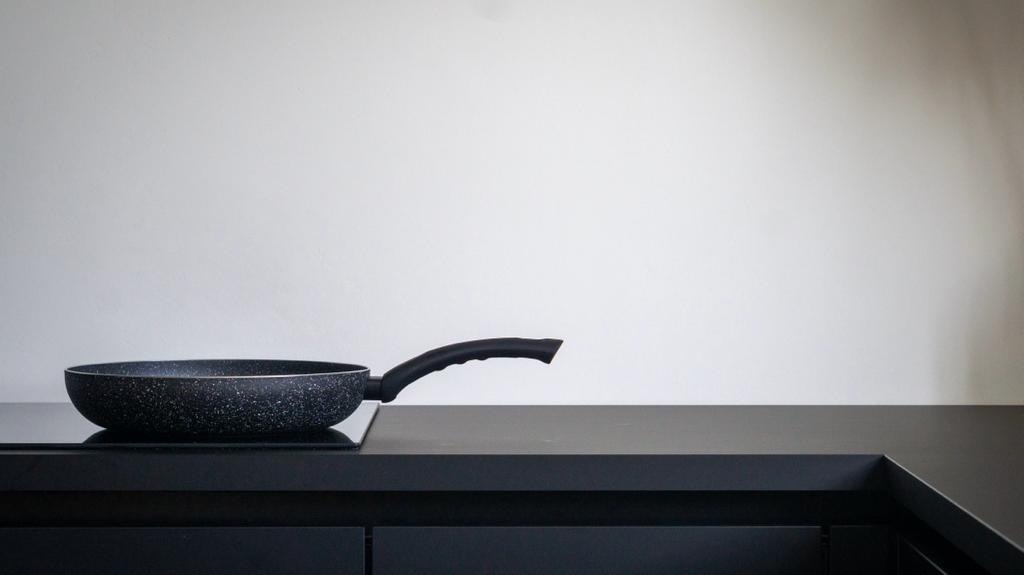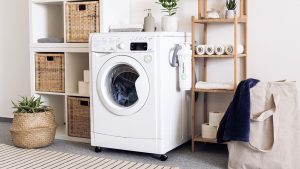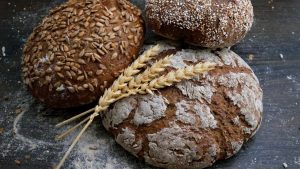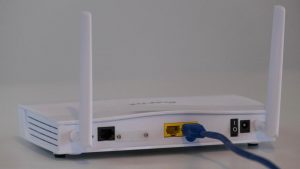
How to choose an induction plate
Induction plates have become increasingly popular in recent years, thanks to their energy efficiency, precision temperature control, and ease of use. If you are in the market for a new induction plate, there are several factors to consider to ensure that you choose the right appliance for your needs.

Size
One of the first things to consider when choosing an induction plate is its size. Induction plates come in a variety of sizes, from small single-burner models to large, multi-burner units. Consider the size of your kitchen, the number of people you typically cook for, and the types of dishes you typically prepare when choosing the size of your induction plate.
Temperature Control
Another important factor to consider is temperature control. Look for an induction plate that offers precise temperature control, so you can easily adjust the heat to suit your cooking needs. Many induction plates offer a range of temperature settings, from low to high, as well as the ability to maintain a specific temperature for extended periods.
Wattage
Wattage is another important consideration when choosing an induction plate. The wattage of an induction plate refers to the amount of power it uses to heat up. Generally, the higher the wattage, the faster the induction plate will heat up. However, higher wattage models may also be more expensive and require more energy to operate.
Timer
A timer can be a useful feature to have on your induction plate, as it allows you to set a specific cooking time for your dishes. Some induction plates offer a countdown timer, while others offer a delayed start timer, which allows you to set a specific time for the plate to start heating up.
Material
The material of the induction plate is also an important consideration. Look for a plate made of durable, high-quality materials that will withstand frequent use and last for years. Some popular materials for induction plates include glass, ceramic, and stainless steel.
Safety Features
Safety should also be a top priority when choosing an induction plate. Look for an appliance with safety features such as automatic shut-off, which will turn off the plate if it overheats or if there is no cookware on it. Other safety features to look for include child locks, which prevent accidental activation, and heat indicators, which show when the plate is still hot.
Brand Reputation and Reviews
Before making a purchase, it is always a good idea to research the brand and read reviews from other customers. Look for a reputable brand that offers high-quality products and excellent customer service. Reading reviews can also give you valuable insights into the performance and reliability of different induction plates.
Price
Price is, of course, an important consideration when choosing an induction plate. Set a budget and look for an appliance that offers the features you need within your price range. Keep in mind that higher-end models may offer more features and better performance but may also come with a higher price tag.
Warranty
Finally, consider the warranty when choosing an induction plate. Look for an appliance with a warranty of at least one year, which will give you peace of mind in case of any defects or issues with the product.
Tips for Using Your Induction Plate
Once you have selected the right induction plate for your kitchen, there are a few additional tips to keep in mind to get the most out of your appliance.
Use the Right Cookware
Be sure to use cookware that is compatible with induction cooking. Induction plates work by creating a magnetic field that interacts with the metal in your cookware, so you will need to use pots and pans made of magnetic materials such as stainless steel or cast iron.
Keep it Clean
It is important to keep your induction plate clean and well-maintained to ensure optimal performance. Follow the manufacturer’s instructions for cleaning and maintenance, and wipe down the surface regularly to prevent buildup of food residue or grease.
Avoid Scratching the Surface
Induction plates have a smooth glass or ceramic surface that can scratch easily if not handled properly. Avoid using abrasive cleaners or scrubbers and be careful not to drag heavy pots or pans across the surface, as this can cause scratches.
Avoid Overheating
While induction plates are designed to heat up quickly, it is important to avoid overheating the appliance. This can cause damage to the plate or the cookware and can also be a safety hazard. Use the temperature controls to adjust the heat as needed and monitor the appliance while in use.
Don’t Forget to Turn it Off
Always remember to turn off your induction plate when you are finished using it. Many models have an automatic shut-off feature, but it is still a good practice to double-check that the plate is turned off and unplugged when not in use.
In Conclusion
Choosing the right induction plate for your kitchen is an important decision that requires careful consideration of several factors, including size, temperature control, wattage, timer, material, safety features, brand reputation and reviews, price, and warranty. Once you have selected the right appliance, be sure to use it properly by using the right cookware, keeping it clean, avoiding scratching the surface, avoiding overheating, and turning it off when not in use. With these tips in mind, you can enjoy the many benefits of induction cooking and create delicious meals for yourself and your family.
For more tips, check out the following article: How to choose glasses












